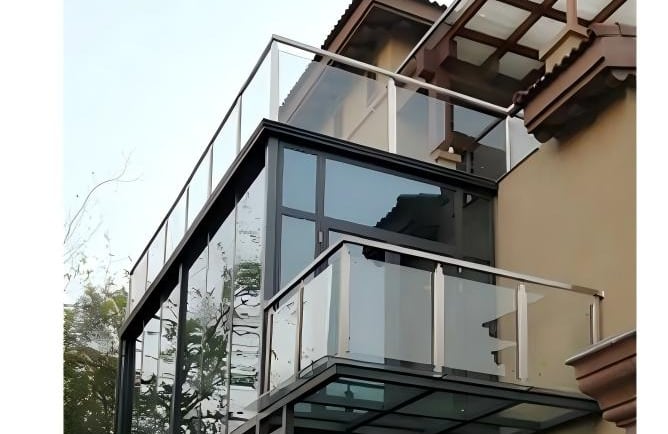Custom Aluminum & Wrought Iron Doors
Guide to Opening Options: The Ultimate Guide to Labeling National Building Code Differences
How Doors Open, Building Code Differences, International Door Standards, Flush vs Sliding Doors, Guide to Foreign Trade Doors
8/11/20252 min read


## 🌍 Why Door Opening Methods Matter Globally
When selecting door opening methods for overseas markets, you must consider not only aesthetics and functionality but also compliance with local building codes and safety standards. Choosing the wrong opening method can lead to failed inspections, legal disputes, and even safety hazards. This guide explores key international door regulation differences to help you make informed decisions.
---
## 🚪 Common Door Opening Methods & Applications
### 1. Swing Doors
- Features: Hinged side mounting, inward/outward opening
- Applications: Residential entry doors, courtyard gates
- Regional Variations:
- Europe: Typically inward-opening (fire escape regulation EN 14351-1)
- North America: Predominantly outward-opening (hurricane zones require reinforced hinges)
- Middle East: Some countries prohibit outward-opening (avoiding public space obstruction)
📌 Export Tip: For European markets, ensure swing doors include 110° restrictor hinges for emergency egress compliance.
### 2. Sliding Doors
- Features: Horizontal track movement, space-saving
- Applications: Balconies, commercial buildings
- Regional Variations:
- Japan: Tracks must be recessed (anti-trip JIS A 4702 compliance)
- Australia: Insect-proof seals required (AS 5039-2008)
📌 Export Tip: For windy regions like Dubai, specify wind-resistant locking points to prevent panel vibration.
### 3. Folding Doors
- Features: Multi-panel folding system, ideal for wide openings
- Applications: Large commercial spaces, luxury villas
- Regional Variations:
- USA: ADA compliance requires ≥32" clearance (wheelchair access)
- Nordics: Cold-weather operation down to -30°C
📌 Export Tip: Recommend aluminum folding doors + low-temperature lubricant for Scandinavian clients.
---
## 🌐 Key International Building Code Differences
| Country/Region | Critical Requirements | Recommended Solutions |
|--------------------|----------------------------------|----------------------------------|
| Germany | Inward swing + fire seals (DIN 4102) | Provide EN 1634 fire test reports |
| Saudi Arabia | Outward swing doors prohibited | Sliding or inward-folding doors |
| Canada | Snow load ≥1.5kN/m² (NBC 2020) | Reinforced frames + frost-proof locks |
### ⚠️ High-Risk Market Considerations
- Brazil: High humidity demands anti-swelling treatment for door frames
- Norway: Specify heated tracks to prevent ice blockage in winter
---
## 📋 Ensuring International Compliance
### 1. Market Research
- Study local building codes (e.g., US IBC, EU CPR)
- Consult certification bodies (CE, UL, SASO)
### 2. Supplier Selection
- Verify customization capabilities for hinges, tracks, locking positions
- Request international certifications (fire/typhoon resistance reports)
## 🏆 Conclusion: Global Market Success Starts With Proper Door Configuration
Door opening methods impact both user experience and legal compliance. This guide helps avoid costly rejections while enhancing international competitiveness.
📢 Take Action Now Contact us via:
WhatsApp: +8613798642335
Email: lilyzheng@mdoortop.com
Prepare your next export order with confidence!
#DoorStandards #BuildingCodes #GlobalExport #DoorHardware #ConstructionCompliance